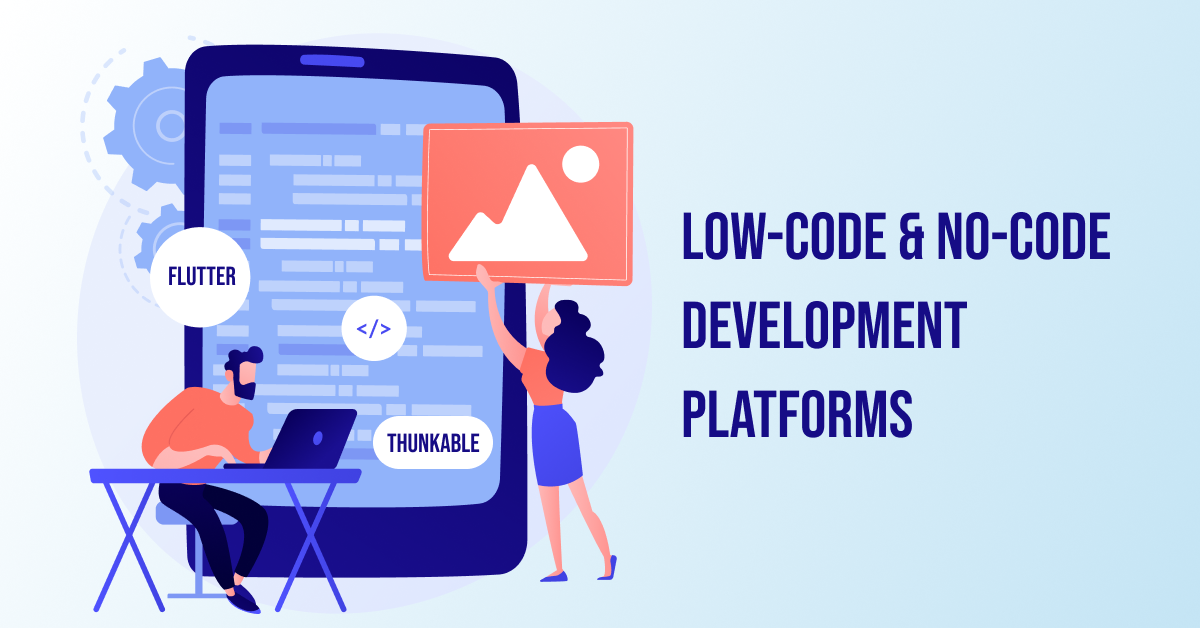
In the world of technology, developers are constantly looking for ways to streamline and simplify the development process. This has led to the rise of no-code and low-code development platforms, which allow users to create applications and software without the need for traditional coding skills.
What are No-Code and Low-Code Development Platforms?
No-code and low-code development platforms are tools that enable users to build applications through visual interfaces and configurations, rather than writing lines of code. These platforms provide pre-built templates, drag-and-drop elements, and customizable features that make it easy for anyone to create software solutions, regardless of their programming background.
The Benefits of No-Code and Low-Code Development Platforms
There are several advantages to using no-code and low-code development platforms. These include:
Rapid Development: With no-code and low-code platforms, developers can create applications much faster than traditional coding methods. This allows companies to iterate quickly and bring products to market sooner.
Accessibility: No-code and low-code platforms make it possible for non-technical users to participate in the development process. This democratizes software creation and opens up new opportunities for innovation.
Cost-Effectiveness: By reducing the need for skilled developers and shortening development timelines, no-code and low-code platforms can lower the overall cost of software development projects.
Flexibility: No-code and low-code platforms are highly customizable, allowing developers to tailor applications to meet specific business requirements and user needs.
Use Cases for No-Code and Low-Code Development Platforms
No-code and low-code development platforms are being used across a wide range of industries and applications. Some common use cases include:
Internal Tools: Companies can use no-code and low-code platforms to build custom tools for automating internal processes, managing data, and improving employee productivity.
Mobile Apps: Mobile app development has been revolutionized by no-code and low-code platforms, allowing businesses to create apps quickly and cost-effectively.
Web Development: No-code and low-code platforms make it easy to build websites and online portals without the need for extensive coding knowledge.
CRM Systems: Customer relationship management systems can be created and customized using no-code and low-code platforms to meet the specific needs of a business.
Challenges and Limitations
While the rise of no-code and low-code development platforms offers many benefits, there are also some challenges and limitations to consider. These may include:
Complexity: Some applications may require more customization than is possible with no-code and low-code platforms, leading to limitations on functionality and design.
Vendor Lock-In: Users may become dependent on a specific platform and struggle to migrate their projects to other systems in the future.
Security Concerns: No-code and low-code platforms may introduce vulnerabilities that could compromise the security of applications if not properly managed.
The Future of No-Code and Low-Code Development
As technology continues to evolve, the popularity of no-code and low-code development platforms is expected to grow. These platforms will continue to empower individuals and organizations to create software solutions quickly and efficiently, driving innovation and accelerating digital transformation.
With the right combination of tools, skills, and strategies, developers can leverage the power of no-code and low-code platforms to build applications that meet the needs of today’s dynamic and fast-paced business environment.
It’s an exciting time to be a part of the tech industry, as we witness the rise of no-code and low-code development platforms revolutionizing the way we create software and innovate in the digital age.